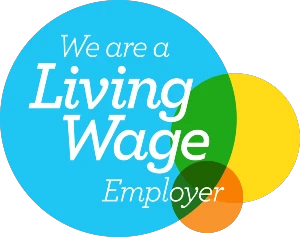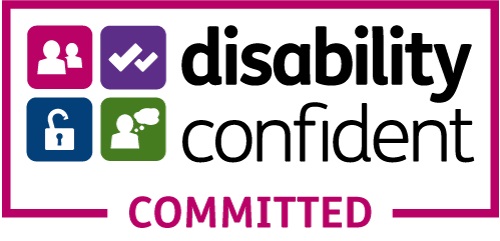Blog
A third of kids are written off as failures. It doesn't have to be this way
14 Mar 2017
Wendy Jones; trustee, National Numeracy

How do you get more kids to get better grades at GCSE, so they can go on to take A-levels or technical qualifications, go to university and/or get a good job?
The answer – shockingly – is that you can’t. At least not as things stand. And here’s why.
The doorway to success in almost any field has for many years been a clutch of GCSE passes – crucially including maths and English – at a grade C or higher. That’s what employers look for on CVs and it’s the very first box to tick in applying to university. Anything lower than a C and you are likely to be written off.
In recent years, around two-thirds of teenagers in England have been getting C or higher in maths and English.

But – and here’s the rub – the grade boundaries are actually set so that two-thirds of the cohort do get C or higher and one-third get D or lower.
This is done by a complicated process which really boils down to comparing students with each other rather than with fixed criteria. It’s known as norm-referencing or, more accurately, cohort-referencing. It’s not like taking the driving test or the UK citizenship test, where, if you are good enough, you pass, regardless of how well others do.
In other words, a third of kids are destined to fail – if by ‘fail’ we mean, as we usually do, getting below a C. The exam results are deliberately fixed to ensure that.
Under the new grading system being introduced from this year, the A* to G scale is being replaced by a 9 to 1 scale, with 9 the highest. The exam regulators, Ofqual, have decreed that 4 will be roughly equivalent to C and that the same proportion of students will achieve that (though some suspect that 5 will soon become the new standard of success).
But the principle remains the same. Two-thirds will get over the hurdle. One-third won’t.
So how come?
Let’s go back nearly 30 years. I remember reporting on the introduction of GCSE exams in 1988. They were hailed as the exam for all, merging the old GCE O-level and CSE exams and offering nearly everyone success at some level on a single scale.
But the new order was soon hi-jacked by the demands of league tables. The new trend in accountability required schools to be measured and compared, and counting passes at A*-C (roughly equivalent to the old O-level) was the way to do it.
For a long time, national results improved year-on-year. Many in education thought this was a fair reflection of better teaching and students’ harder work, and to a large extent it was. But the sceptics continued to shout foul, accusations of dumbing down abounded and politicians got nervous.
The annual improvement in results stalled around six years ago, coinciding with a move to norm-referencing. Some quality assurance was needed and the obvious way to do that was to keep results roughly stable from year to year. Two-thirds is where it had settled at the time and where it now sticks.
So, once again this year, a third of kids won’t reach the desired standard. They’ll be at the bottom of the pile for everything that comes afterwards.
Tough, you might say. That’s life. Not everyone can have prizes. But the fact is that the bottom third are deemed to have failed. Those not too far from the boundary are expected to try again – but the pass rate for resits is much lower than for those taking it first time round. Some teenagers go on to retake the exam several times, with ever-wilting hopes.
This affects all subjects, but it’s a particular issue in maths, where many young people fall behind badly in secondary school, where low skills are widespread among adults and where levels of confidence are often dismal.
That’s why National Numeracy is developing proposals – supported by funding from Cambridge Mathematics – for a new benchmark assessment in essential maths, open to everyone from the age of 14. Like a driving test, this would be within the grasp of anyone who’s mastered the necessary theory and practice.
Based on the ‘Essentials of Numeracy’ that inform the National Numeracy Challenge for adults, it would set out the sort of realistic maths problems that all students should be able to solve in their future lives – such as deciding whether it’s worth buying a season travel ticket.
This is not an alternative to GCSE – most students would use it as stepping stone towards GCSE. But it is an alternative to nothing, which is what an awful lot of teenagers currently get.
Read the original news release here
Begin your journey to improved numeracy with The Challenge




